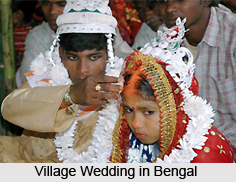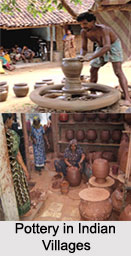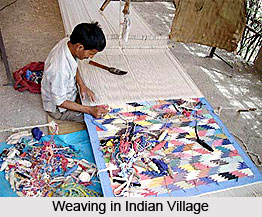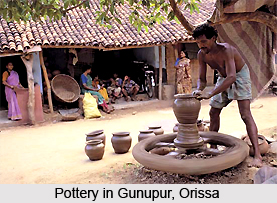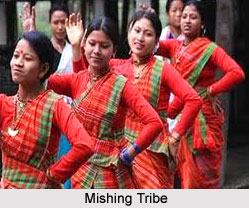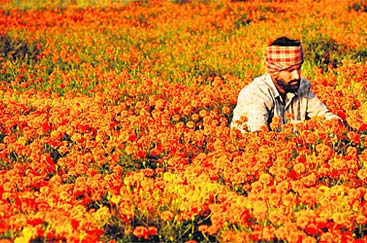 Village life in north India is a wonderful combination of rich tradition, culture and religious diversity. The states like Haryana, Punjab, Himachal Pradesh, Jammu and Kashmir, Uttar Pradesh, etc. are located in north India and the village life in these states have certain similarities. Most people in these villages are dependent on agriculture for earning their livelihoods and they also have similarities in their religious practices. The village life in north India comprises the villagers` educational, occupational, cultural and traditional aspects.
Village life in north India is a wonderful combination of rich tradition, culture and religious diversity. The states like Haryana, Punjab, Himachal Pradesh, Jammu and Kashmir, Uttar Pradesh, etc. are located in north India and the village life in these states have certain similarities. Most people in these villages are dependent on agriculture for earning their livelihoods and they also have similarities in their religious practices. The village life in north India comprises the villagers` educational, occupational, cultural and traditional aspects.
The village life in north India is full of entertainment and cheerfulness. The houses in the villages are located adjacent to each other and the people help each other in different occasions. The males in the villages usually wear dhoti, shirts, pyjama, kurta, etc. and the dresses for women in the villages include saree, salwar kameez, dupatta, lehenga choli, ghagra choli, etc. The villagers generally use thick, moderately spicy and creamy gravies in their food items. The people also like to take a variety of lentils, vegetables, roti, etc. in their meals.
The educational aspect of village life in north India is quite impressive. The literacy rate in most of the villages of north India is counted amongst the highest ones in India. The young children in the villages receive their primary education from the government primary schools established in their villages. There are also many private schools and Pathshalas in the villages that provide education to the young children of the villages. Education is one of the major aspects of village life in north India and the villagers are aware of the advantages of education.
Religion is an integral part of village life in north India. The Hindus are the principal religious community in the villages of north India and apart from them, the other major religious communities include the Muslims, Sikhs, Christians, Buddhists, Jains, etc. The villagers celebrate various religious festivals throughout the year and the major festivals include Vasant Panchami, Diwali, Holi, Lohri, Buddha Purnima, Kheer Bhawani, Karva Chauth, etc. The other religious festivals include Eid-ul-Fitr, Eid-ul-Adha, Muharrum, Shab-e-barat, Mahavir Jayanti, Hanuman Jayanti, Kullu Dussehra, Hornbill Festival, etc.
Agriculture is the principal occupation for most of the villagers in north India. The villagers usually cultivate their lands on their own; however, they sometimes take help of others to do the cultivation better. Apart from agriculture, the other occupations that are part of village life in north India include arts and crafts, handicrafts, tourism, different small, medium or large scale industries, etc. There are many people in the villages of north India, who are engaged with their traditional occupations. These men include the barbers, the shopkeepers, the scavengers, the cleaners, the potters, etc. They earn their livelihoods from these occupations and also serve people from the other parts of the village society. Tourism is a major occupation for the people living in the villages of Jammu and Kashmir. The main reason is the extraordinary natural beauty in the villages. Many villagers in Jammu and Kashmir work as tourist guides or run their own businesses in various popular tourist spots or provide accommodation facilities to the tourists.
Village life in north India is a great combination of rich tradition, culture and religious heritage.
